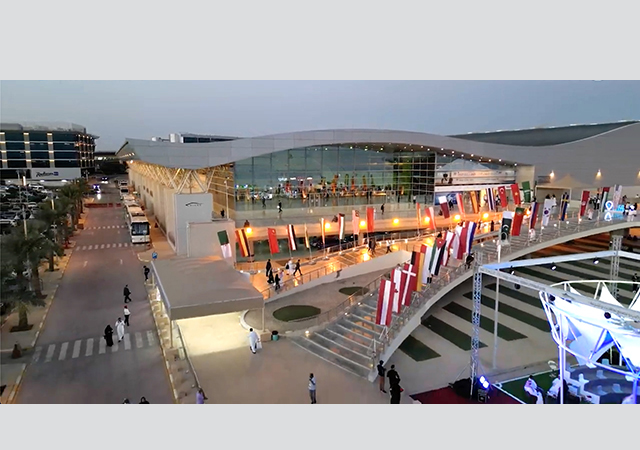
 A bird’s eye view of the Dubai Logistics City.
A bird’s eye view of the Dubai Logistics City.
Dubai World Central, one of the largest of the multi-billion-dollar mega developments under way in the Gulf, has already moved into first gear with work on the first runway at Dubai World Central International Airport (JXB) on target for completion in the last quarter of this year.
JXB, a key component of the development, is designed to be the world’s largest airport with a capacity to handle 120 million passengers, 12 million tonnes of cargo annually and will be 10 times larger than the Dubai International Airport and Cargo Village combined.
Apart from the mega airport, the $33 billion project will feature a Commercial City where 850 towers averaging 75 storeys will rise, a residential district which will accommodate 250,000 people in leased and freehold homes, a golf park and an Enterprise Park.
When completed, this urban aviation community that’s taking shape at Jebel Ali over an area of 140 sq km, will be twice the size of Hong Kong and bigger than the much-talked-about Business Bay and will cater to a population of over one million people.
This huge aviation city centred around Dubai World Central International Airport will place Dubai in pole position for regional logistics, tourism and commerce,” says Sheikh Ahmed bin Saeed Al Maktoum, chairman of Dubai Aviation Corporation – Dubai World Central, Government of Dubai
The $8.1 billion airport, when complete, will have six parallel runways, each 4.5 km in length, and a 92-m-high control tower, which is already 40 per cent complete. The control tower will be the highest in the Middle East and the ‘flower concept’ icon design will create an aviation landmark for the region. It will be fully equipped with the latest in avionics and navigational aids.
Under the first phase worth $1 billion, work is also under way on the cargo terminal and the Dubai Logistics City (DLC) headquarters and its 10 offices.
Over 5,000 workers are presently involved in the first phase, which constitutes about 15 per cent of the whole development and will take three years to complete. At its peak, between 20,000 and 30,000 workers will be tackling different projects of the DWC at the same time.
Airport
The first of the six runways, labelled Runway 12/30, that is being built by Al Naboodah Contracting Company will be about 70 cm thick – which is about six times the standard thickness of a road – and will be ready to receive the Airbus 380, the largest aircraft in the world. Each of the six runways will be separated by a minimum distance of 800 m.
“Once completed, the airport will be the biggest in the world and there’s nothing that can match it in sheer size,” says Khalifa Al Zafin, director of engineering and projects, Department of Civil Aviation, Government of Dubai. The airport that currently holds the record for being the biggest is Atlanta, which, in 2004, handled 83.5 million passengers. But the Dubai World Central International Airport will eclipse this record by 50 per cent.
“Progress is right on schedule with more than 10 per cent of the 4.5-km Category III runway, which will be capable of handling the new-generation Airbus A380 aircraft, completed in the past four months alone,” says Sheikh Ahmed. “This first runway – of a final six – will enable JXB and Dubai Logistics City (DLC) to commence operations as the world’s largest freighter airport and cargo hub,” he adds.
Al Naboodah has more than 600 personnel on-site working on three parallel taxiways and associated rapid exits, the airside road network and infrastructure services such as airfield lighting, power, water, fire-fighting and drainage network. The runway will be finished in all respects by February 2008 and will then undergo a series of landing and take-off tests by November 2008.
The Dubai World Central International Airport will be linked to the existing Dubai International Airport via an express light rail system and dedicated road network. A customs-bonded road and rail corridor between the two airports will enable faster cargo and passenger exchanges than are currently available between Jebel Ali port and free zone and DXB. It will, ultimately, also be serviced by the Dubai Light Railway Network (Dubai Metro). Some 100,000 car-parking spaces will be available for airport parking and car rental services.
In conjunction with DLC and Jebel Ali port and free zone, Dubai World Central International Airport will form the world’s first truly integrated multi-modal logistics platform with all transportation modes, logistics and value-added services, such as product manufacturing and assembly, coming together in a single-bonded free zone environment.
On completion, the airport will have two luxurious terminals – the first dedicated to Emirates airline and the second catering to other regional and international carriers. A third, highly functional terminal is earmarked for low-cost charter airlines. Dedicated facilities are also earmarked for executive jet operators.
DLC
There are 12 main contractors for the DWC development and a number of subcontractors including Shell, Honeywell and Park Air Systems of Norway. The turnkey construction of its Dh1.5 billion DLC headquarters and office park has gone to Kuwait-based MA Kharafi & Sons, a $3.3 billion privately-owned group with interests across 33 countries. Completion is scheduled for March 2009.
In a second award, the contract for the construction of two Central Utility Complexes (CUC) to meet the district cooling requirements for DWC’s phase 1 facilities has gone to The National Company, part of the Kharafi Group. The first CUC will serve the airport area while the second will cater to the DLC headquarters and Office Park.
However, these two awards are just the beginning of a slew of awards that will be announced, some which are presently in the negotiation stages according to Al Zaffin. “While some of the projects are in the start position, others are not. We are looking at the terminal building, the agents’ building, various types of infrastructure and landscaping, all of which have to be tendered out. So the next round of contracts should be up shortly,” says Al Zaffin, adding that the “contract for the passenger terminal will be awarded imminently.”
The DLC will be the world’s first truly integrated multi-modal logistics platform and is central to Dubai’s business proposition as a global and regional hub for integrated supply chain management and multi-modal transport.
“Given the globalisation efforts under way, there is a dire need for a cargo hub in the Middle East and DLC is the answer. Dubai is uniquely positioned within the greater region such as southeast Europe, the CIS and the Indian subcontinent to cater to a two billion market that will grow by a further one billion in the next 15 years,” says Michael Proffitt, CEO, DLC.
Over 100 companies have already registered and booked land totalling 3 million sq m at the DLC so far “and negotiations are on with a whole range of other companies,” adds Proffitt.
The DLC project encompasses all transportation modes, logistics and value-added services, such as kitting and assembly, in a single-bonded and free-zone environment. It comprises a headquarters and Office Park, forwarders area, light industrial area, warehousing area and the staff village. Spanning 25 sq km, DLC has been designed to ultimately handle 12 million tonnes of air cargo annually in up to 16 air cargo terminals.
Office Park
“The Office Park will respond to administrative space needs for companies wanting to establish a business within the DLC Free Zone but without the requirement of warehouses or similar facilities. Transport agents, transport brokers, insurance companies or other service providers, especially those related to the logistics industry, can operate from the state-of-the-art facilities,” says Proffitt.
Part of the free zone, but situated outside the customs bonded area, the Office Park combines free zone operational advantages with easy and unrestricted public access. The Park will provide leased office buildings and also host two business hotels, serviced apartments, banks, business centres, coffee shops, restaurants, snacks, prayer rooms, shops and a multi-use convention centre.
Covered parking spaces will be provided for tenants at underground level with easy access to all office blocks. Dedicated visitor parking spaces will be provided within a separate parking structure.
Phase 1 of the Office Park will include 10 six-storey office buildings each with a total built-up area of approximately 255,000 sq m, in addition to 110,000 sq m of underground parking and 60,000 sq m of an independent parking structure. This will provide a net office space of around 198,000 sq m.
Eventually, a total of 18 office buildings will be included in the Office Park, which will be linked to the Emirates Road via a dedicated road network.
“For those who need modular office space, sections of 100 sq m can be combined to create larger integrated offices or merged into entire floors. This allows companies to set up their local operations, administrative offices, showrooms, customer front ends or even entire regional or head offices,” says Proffitt.
Dubai is ready to take-off into the 21st century and face whatever challenges the future throws at it. The micro cities-within-cities will be ready as also will be the massive infrastructure needed to cope with the projected tourist inflow of 15 million by 2015.
DWC FAST FACTS
• Dubai World Central (DWC) is a 140 sq km urban aviation community centred around the world’s largest international airport and will be almost twice the size of Hong Kong Island.
• DWC has created a new benchmark in urban planning and destination living designed to support Dubai’s aviation, tourism, commercial and logistics requirements until 2050 and represents one of the most important developments in the history of the UAE.
• Eventually home to 900,000 people, DWC will be true ‘city-within-a-city’ with all the amenities that make up a world-class residential destination. The city will be built upon the latest ‘smart’ technology, making it one of the most advanced developments of its type anywhere in the world.
• DWC will comprise six specialised clustered zones: Dubai World Central International Airport (JXB), Dubai Logistics City (DLC), which also includes a dedicated aviation area, Commercial City, Residential City, Enterprise Park and a 36-hole golf resort.
DWC components at a glance
• Dubai World Central International Airport, when completed, will be the world’s biggest passenger and cargo hub, with a capacity of 120 million passengers and more than 12 million tonnes of cargo annually. The airport will have six parallel runways and as many concourses with a 92-m-high control tower that will be an aviation landmark in the Middle East.
• Dubai Logistic City will be part of the world’s first truly integrated multi-modal logistics platform in a single-bonded free-zone environment made up of DLC, JXB, Enterprise Park and Jebel Ali Port. It is designed as the region’s logistics hub catering to some two billion people throughout the Middle East, Indian Sub-continent, Africa and the CIS, all within three to four hours flying time from Dubai.
• Commercial City will be DWC’s business and finance hub featuring more than 850 towers, ranging from six to 75 storeys in height. The city, expected to employ 130,000 people, will also boast 25 hotels ranging from deluxe, through to five-star, four-star and three-star properties.
• Residential City will include a mix of two-storey villas and luxury apartment blocks up to 24 storeys in height. Up to 250,000 people are expected to live in this ‘city’.
• The Golf Resort will feature two 18-hole golf courses, extensive practice facilities, driving ranges, putting greens, a luxury clubhouse with restaurants and a pro-shop. Up to 2,500 freehold homes will surround the courses. The resort will also feature a high-end boutique hotel.
• Enterprise Park will be the region’s premier centre of excellence for technology manufacturing and science and technology education.


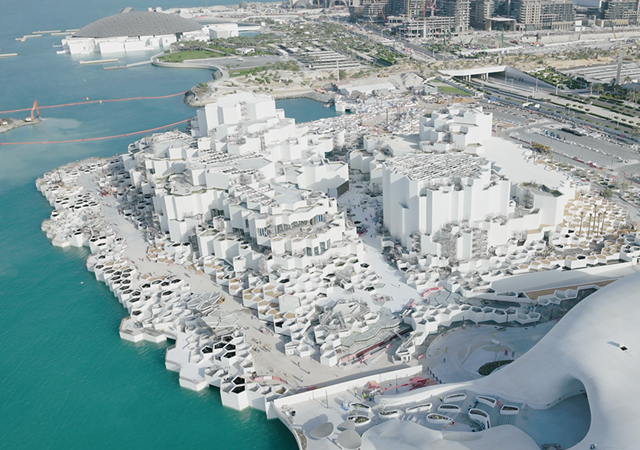
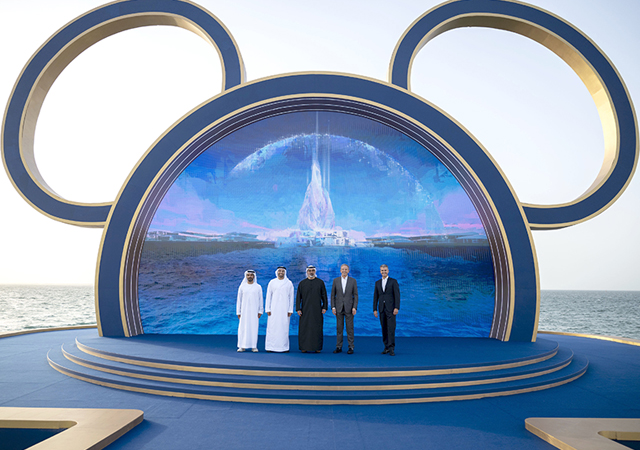

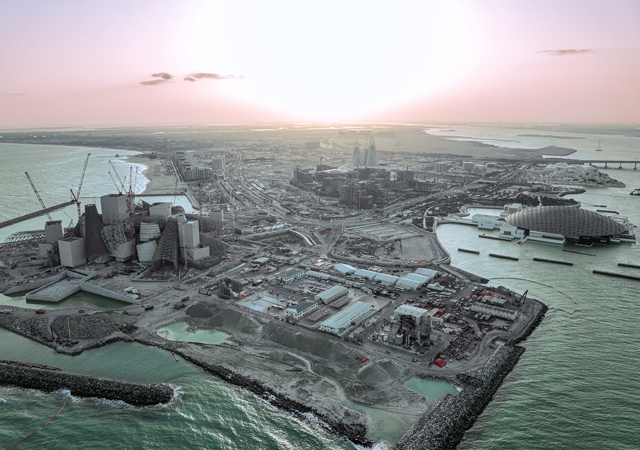
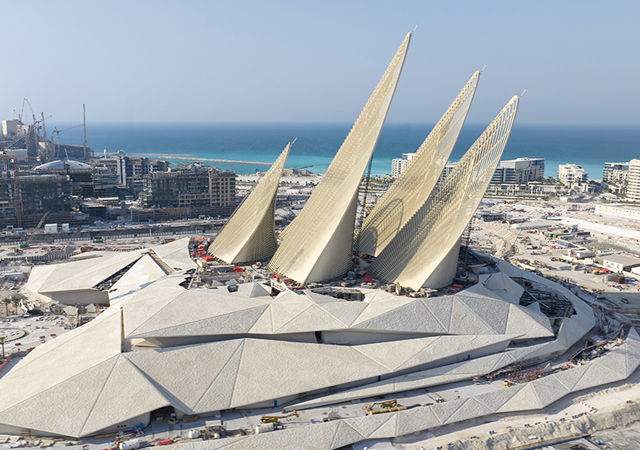
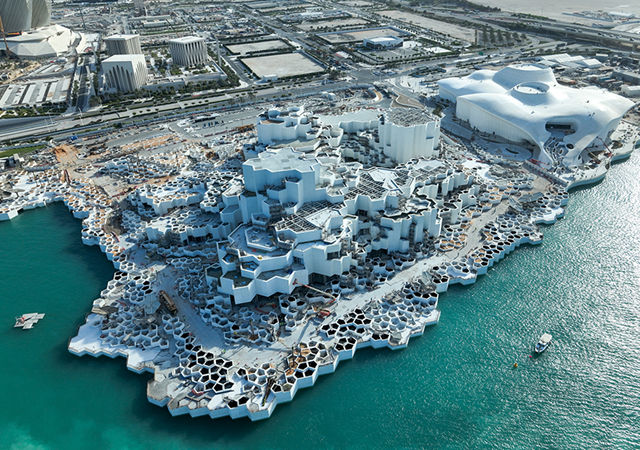
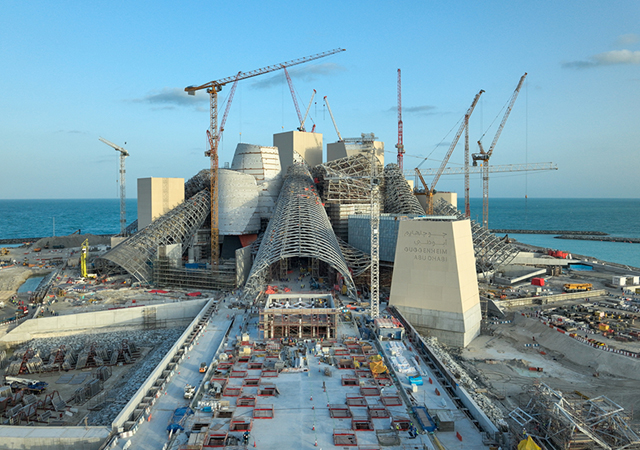
.jpg)

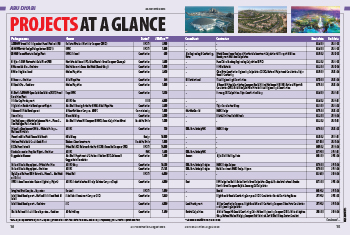
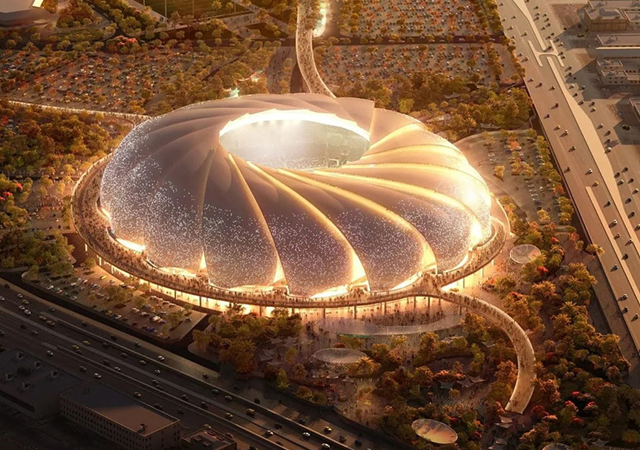

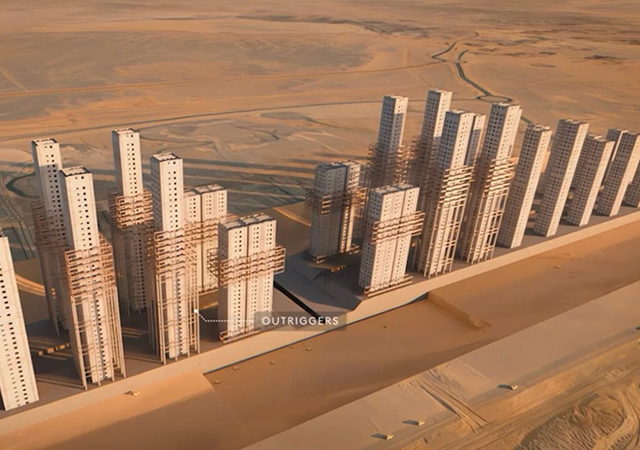
.jpg)
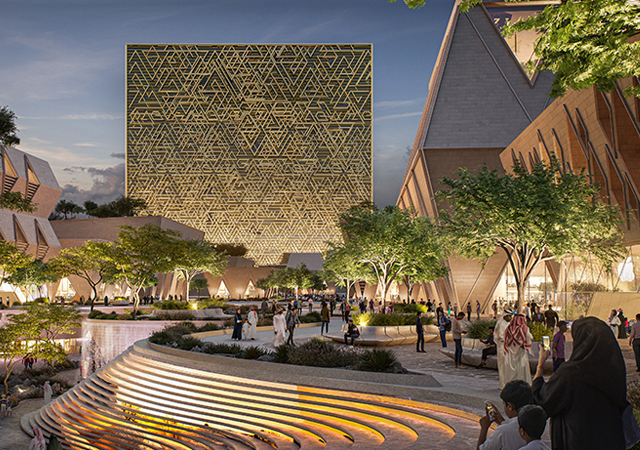
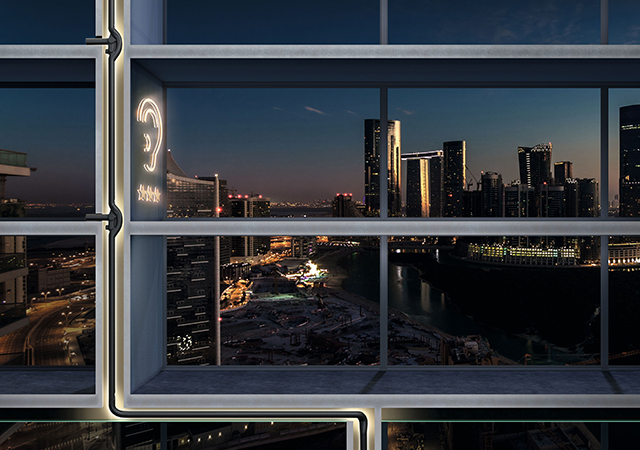
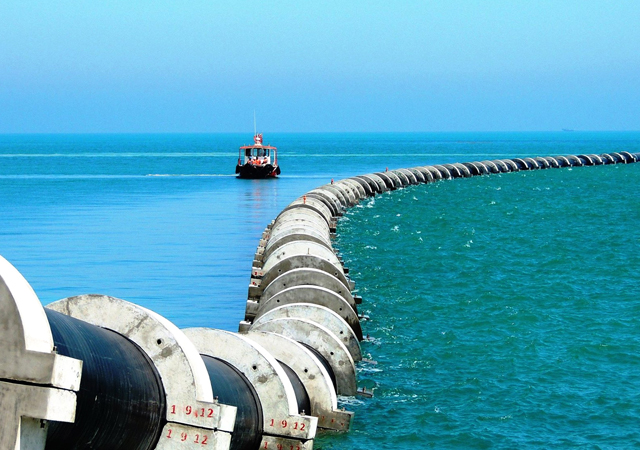
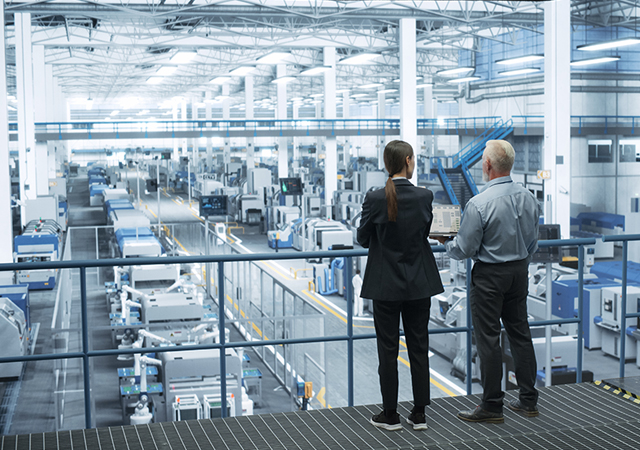

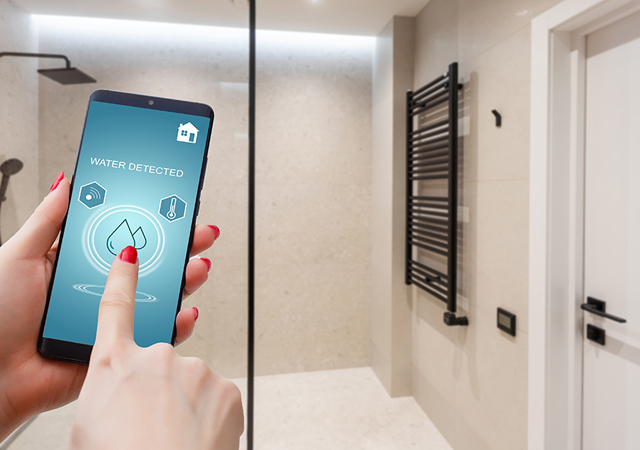
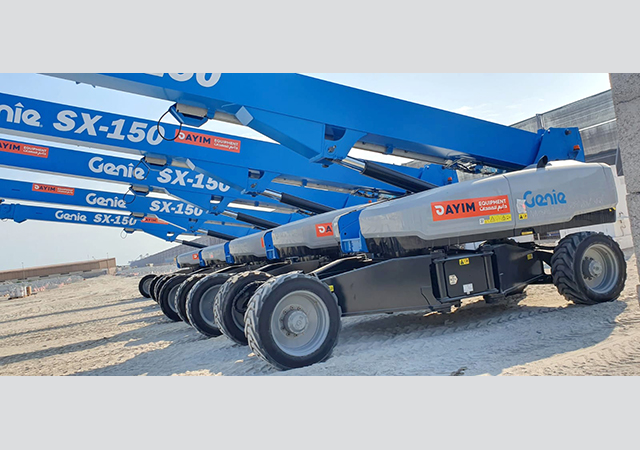
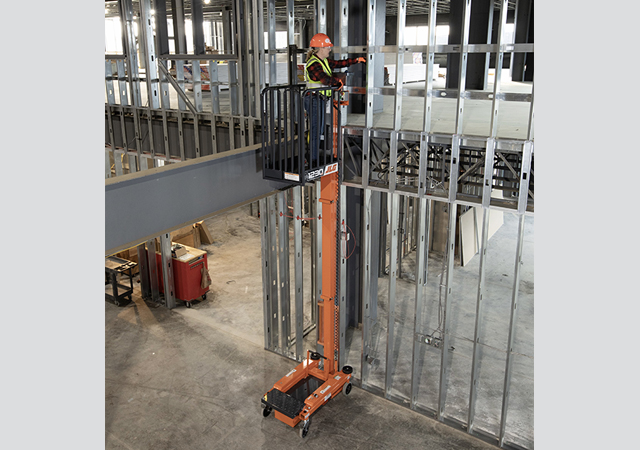
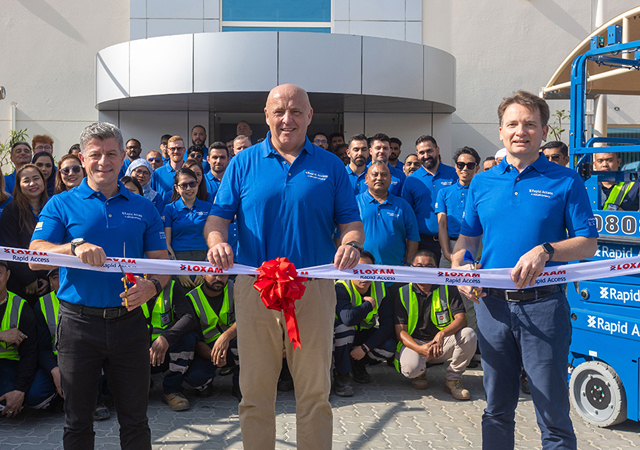
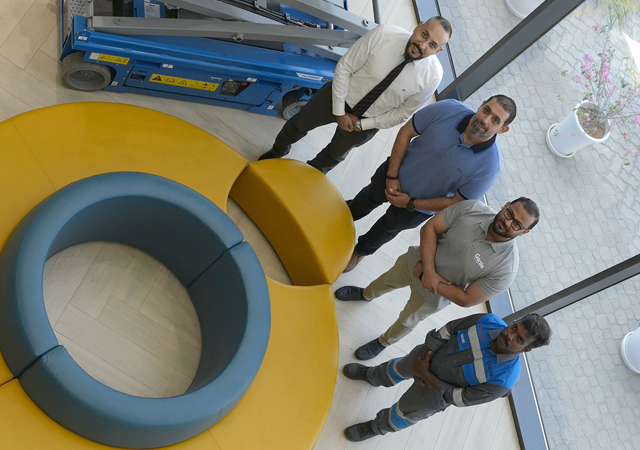
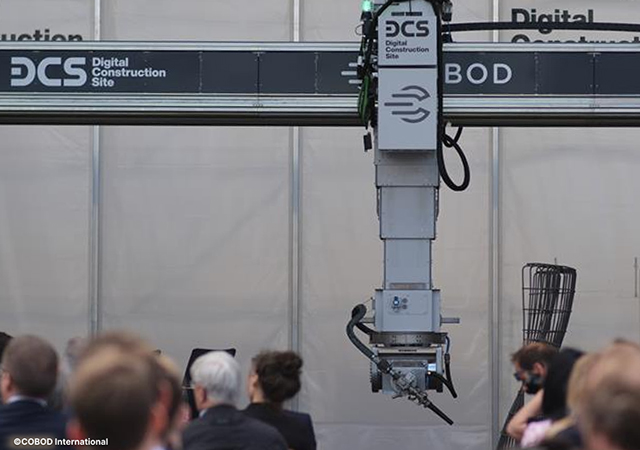
Doka (2).jpg)
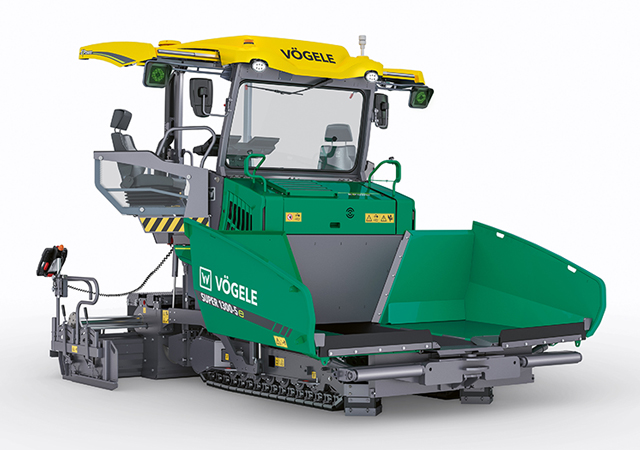
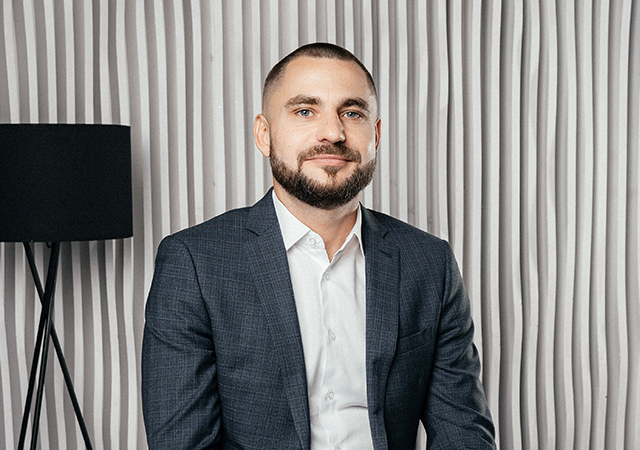


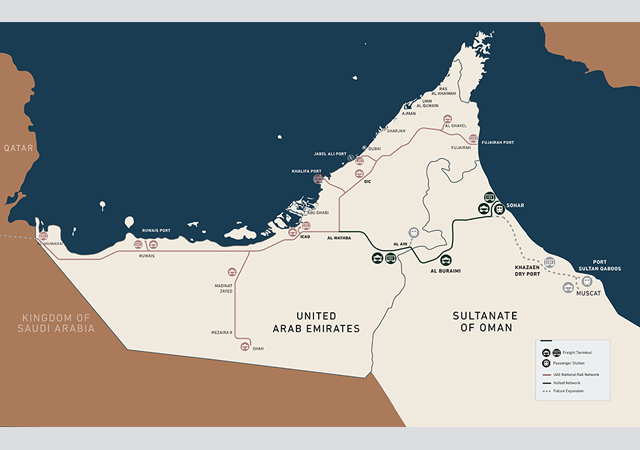
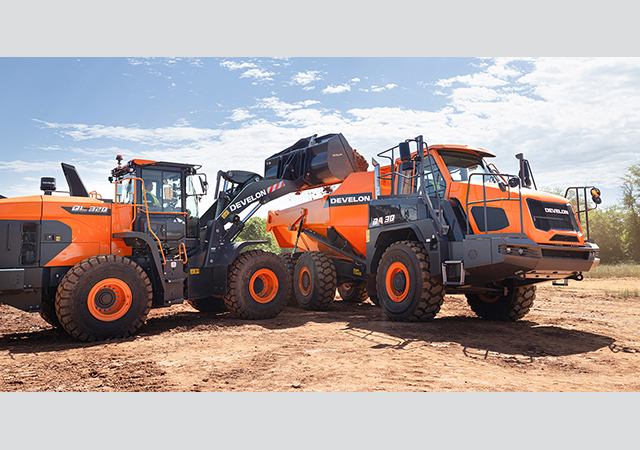
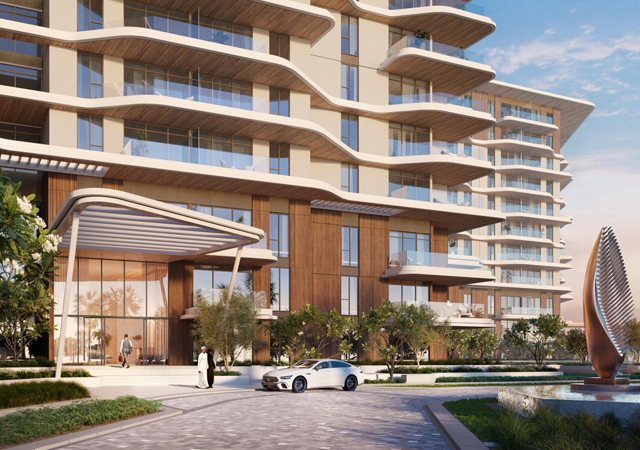

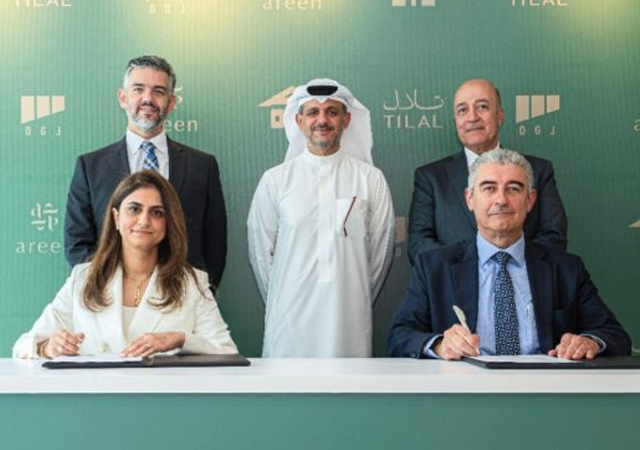
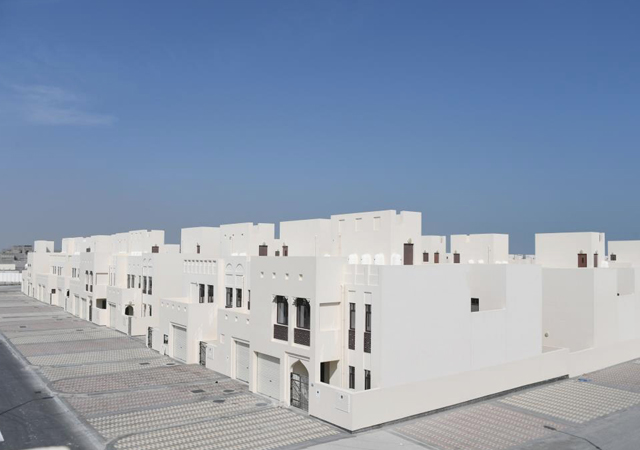

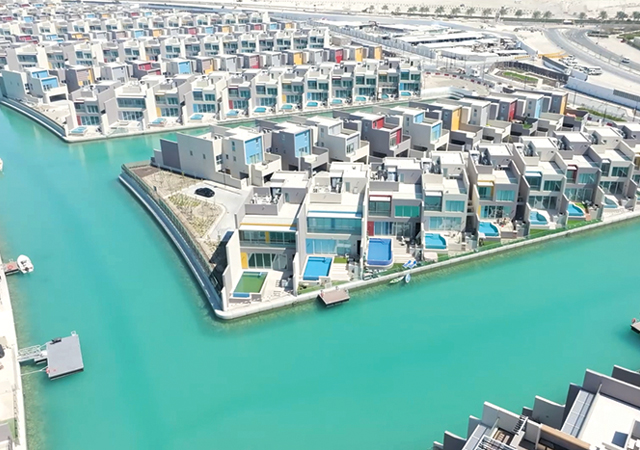
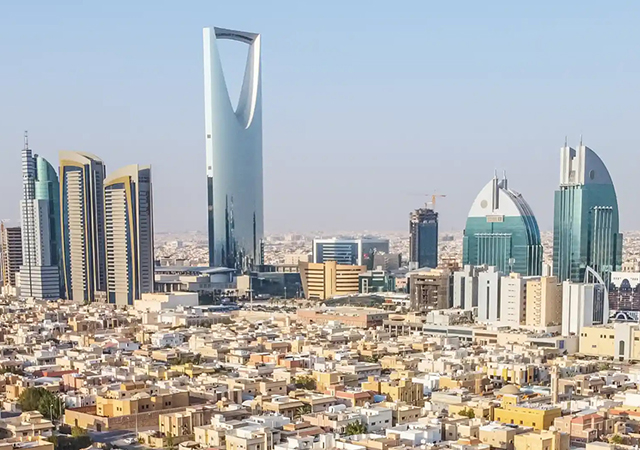
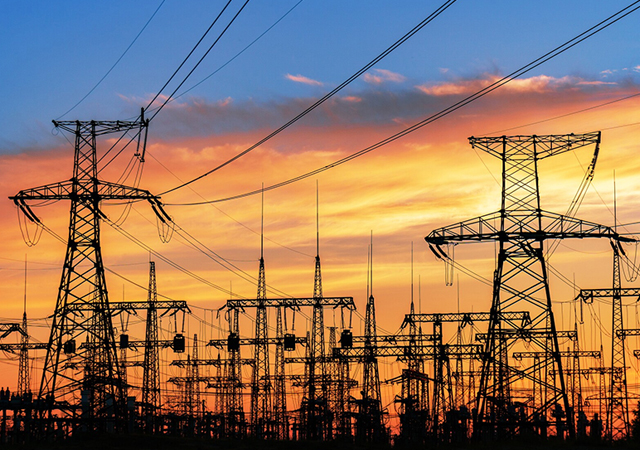
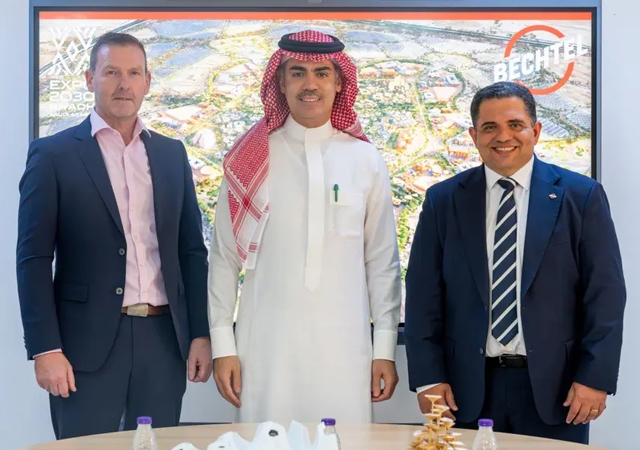
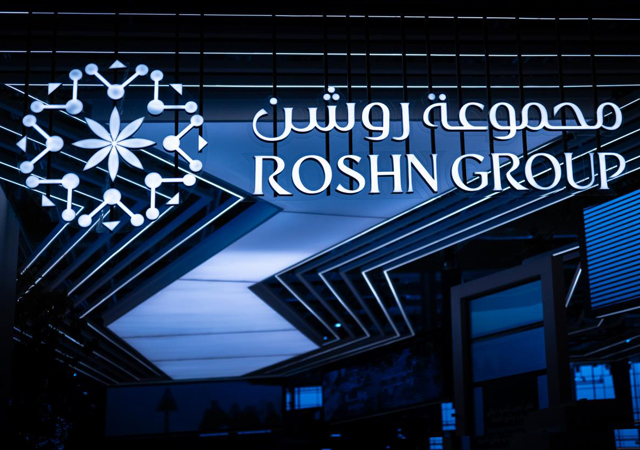
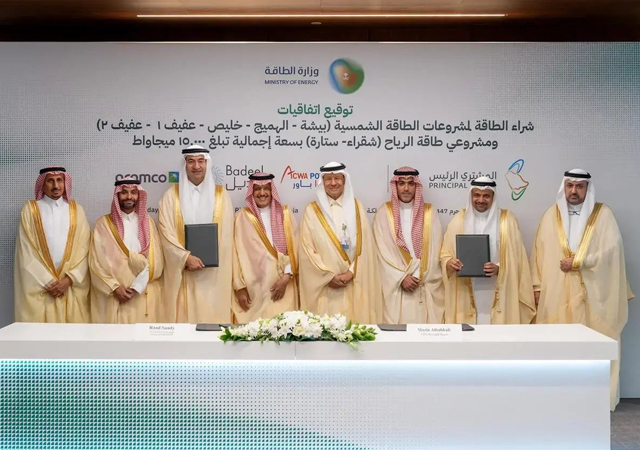
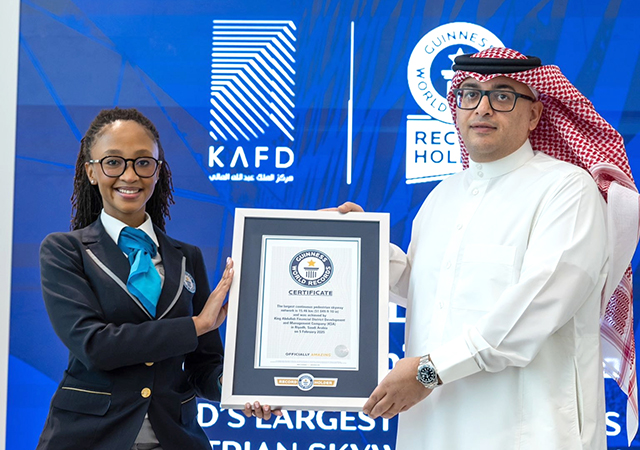

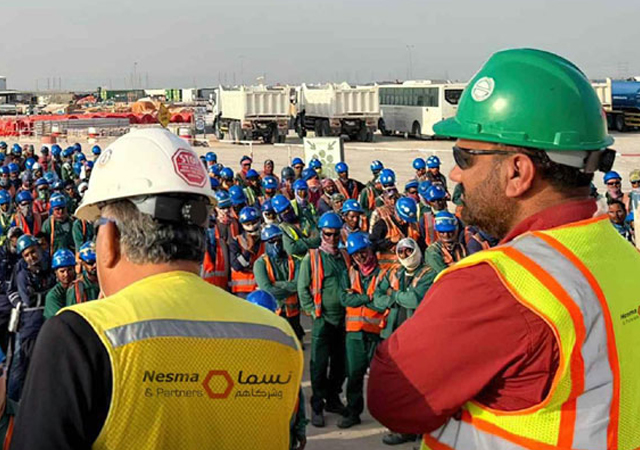
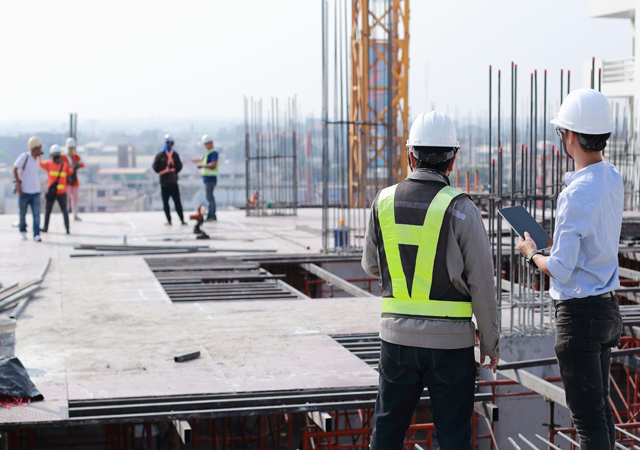
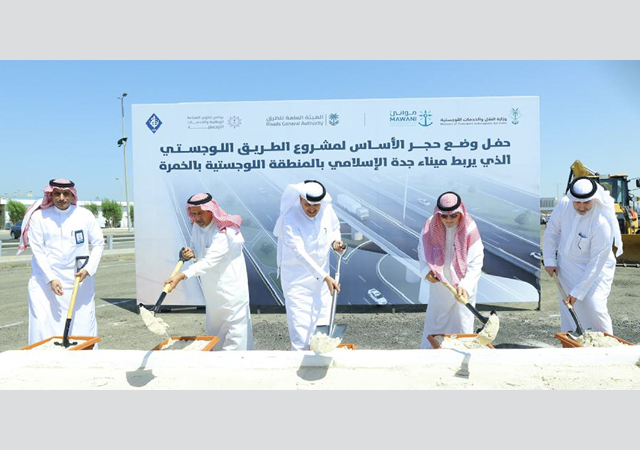
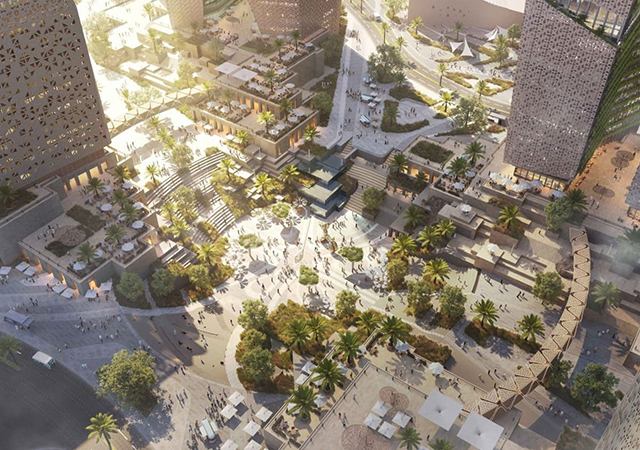
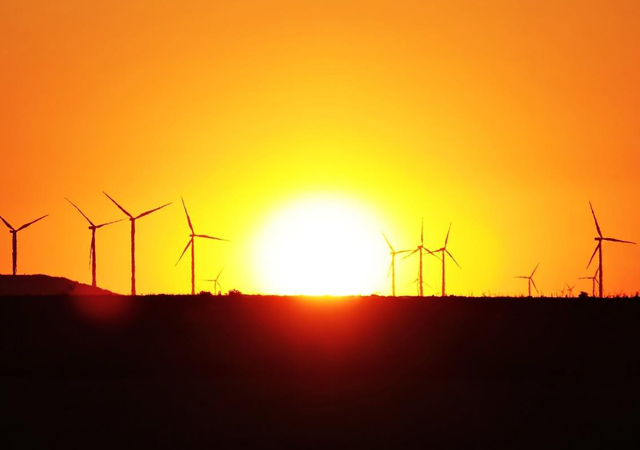
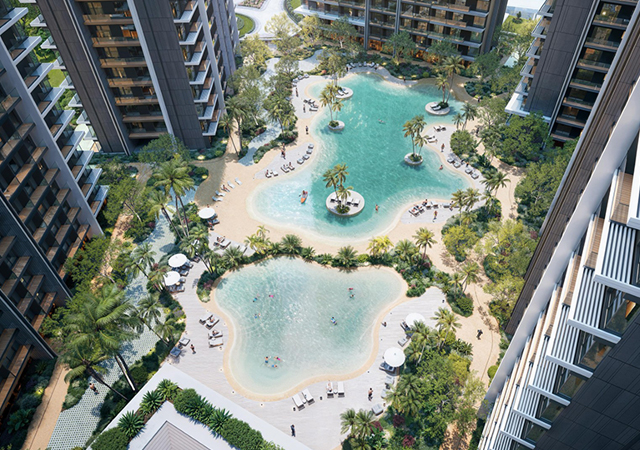
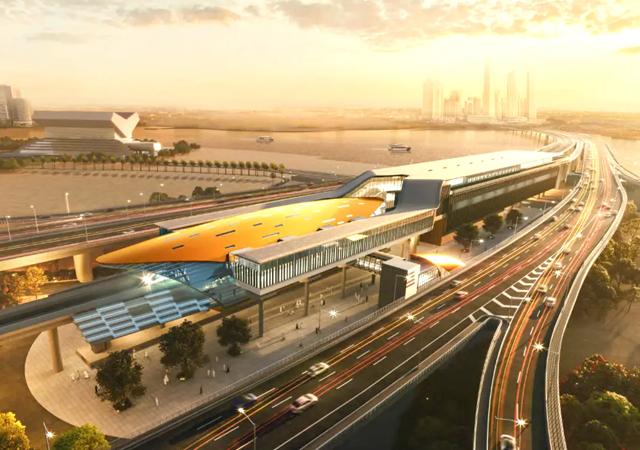
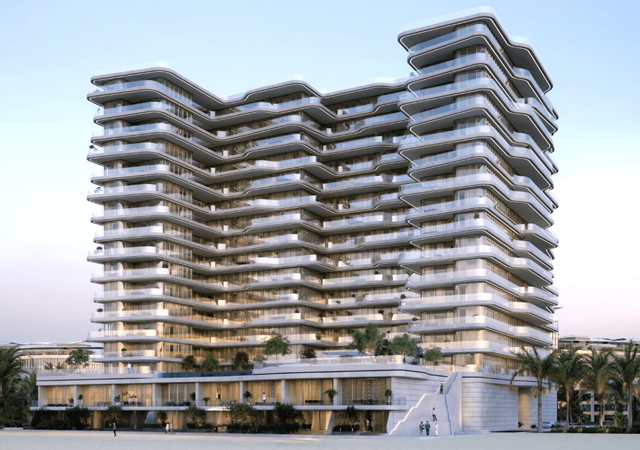

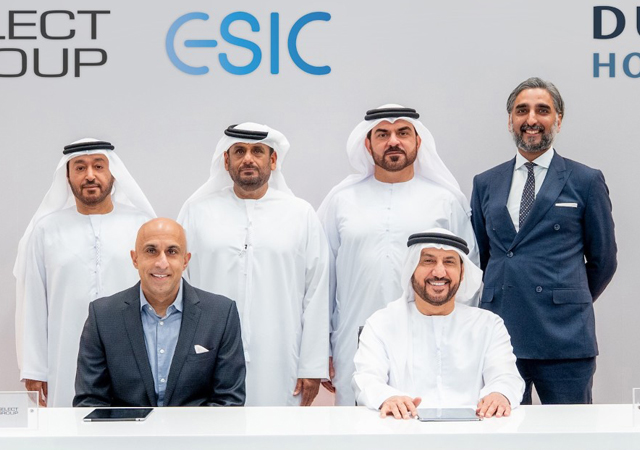
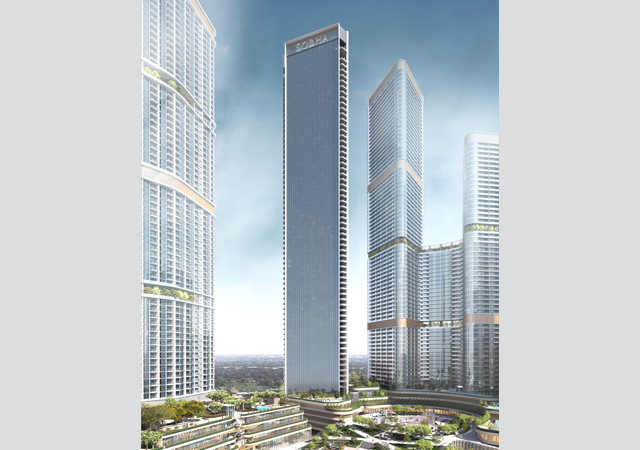
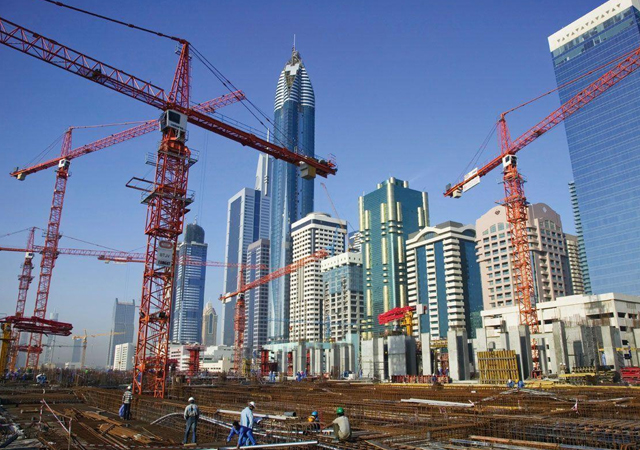
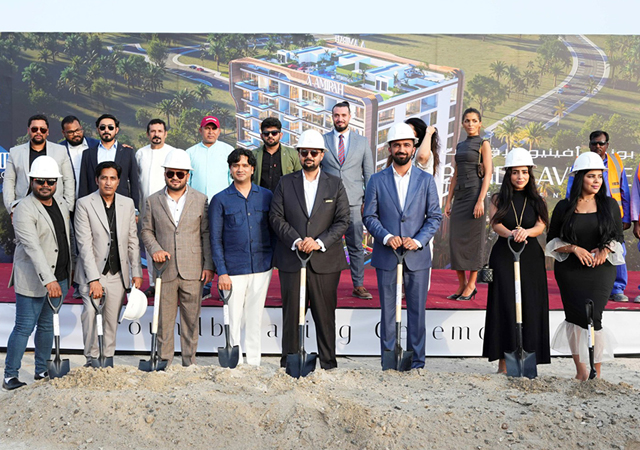
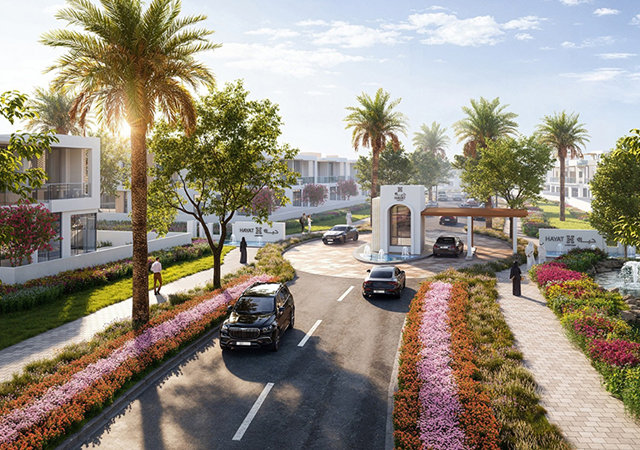
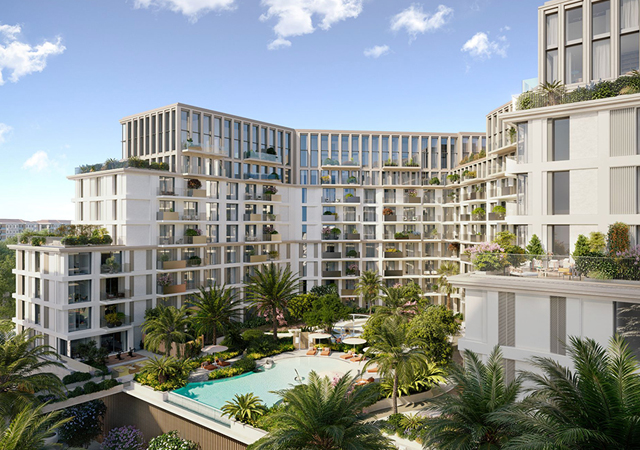


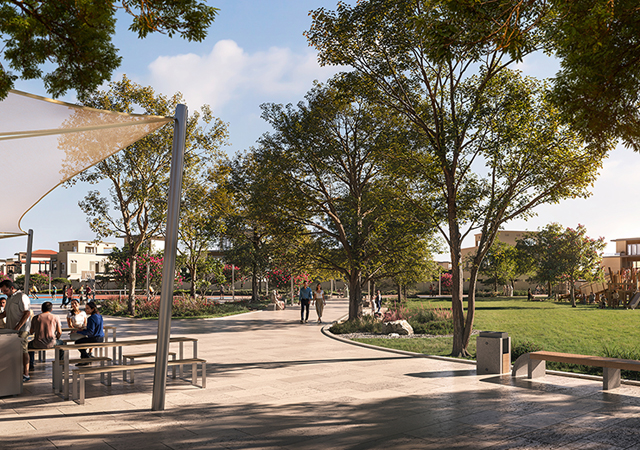
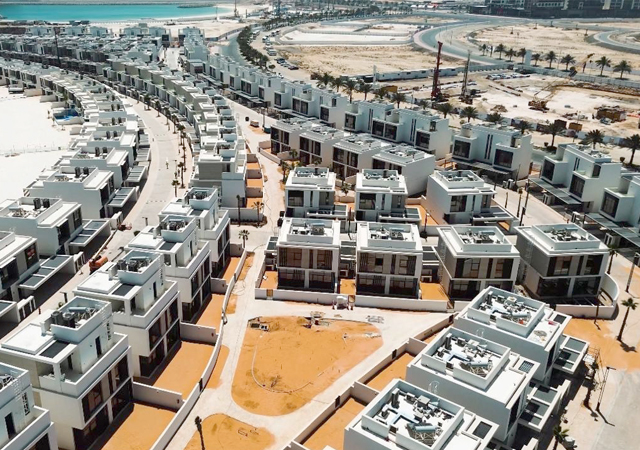
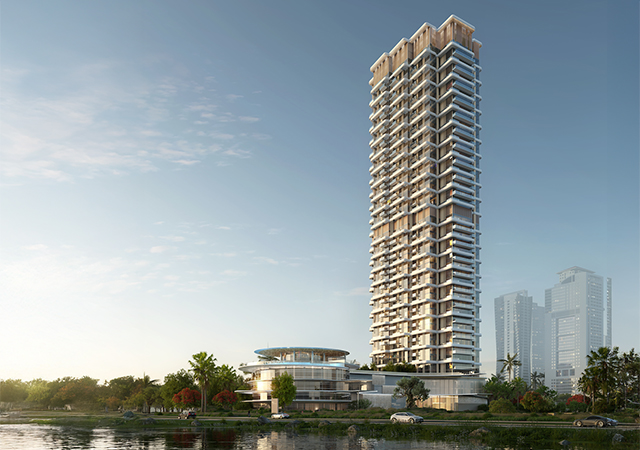
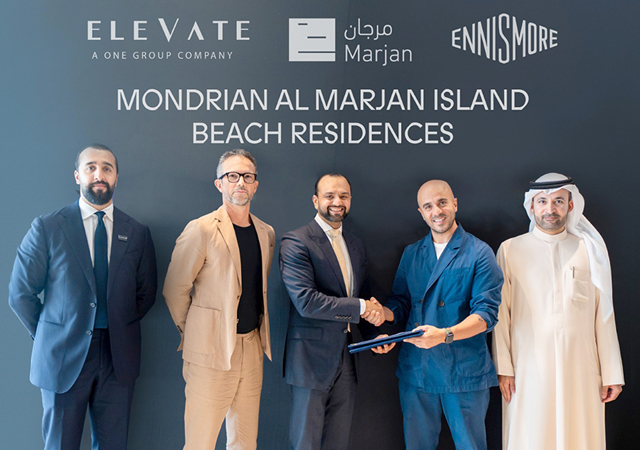
.jpg)
.jpg)
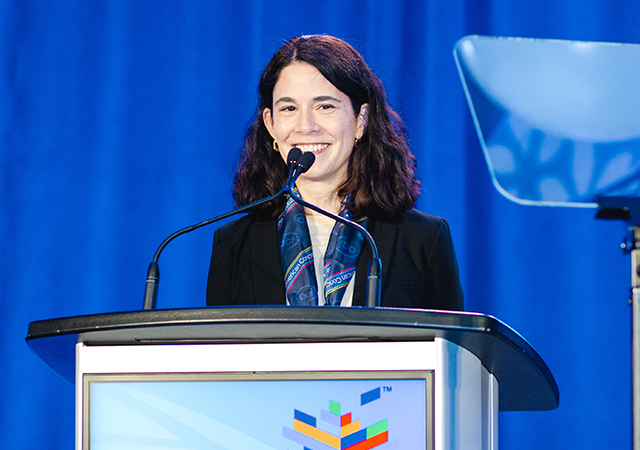
.jpg)
